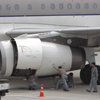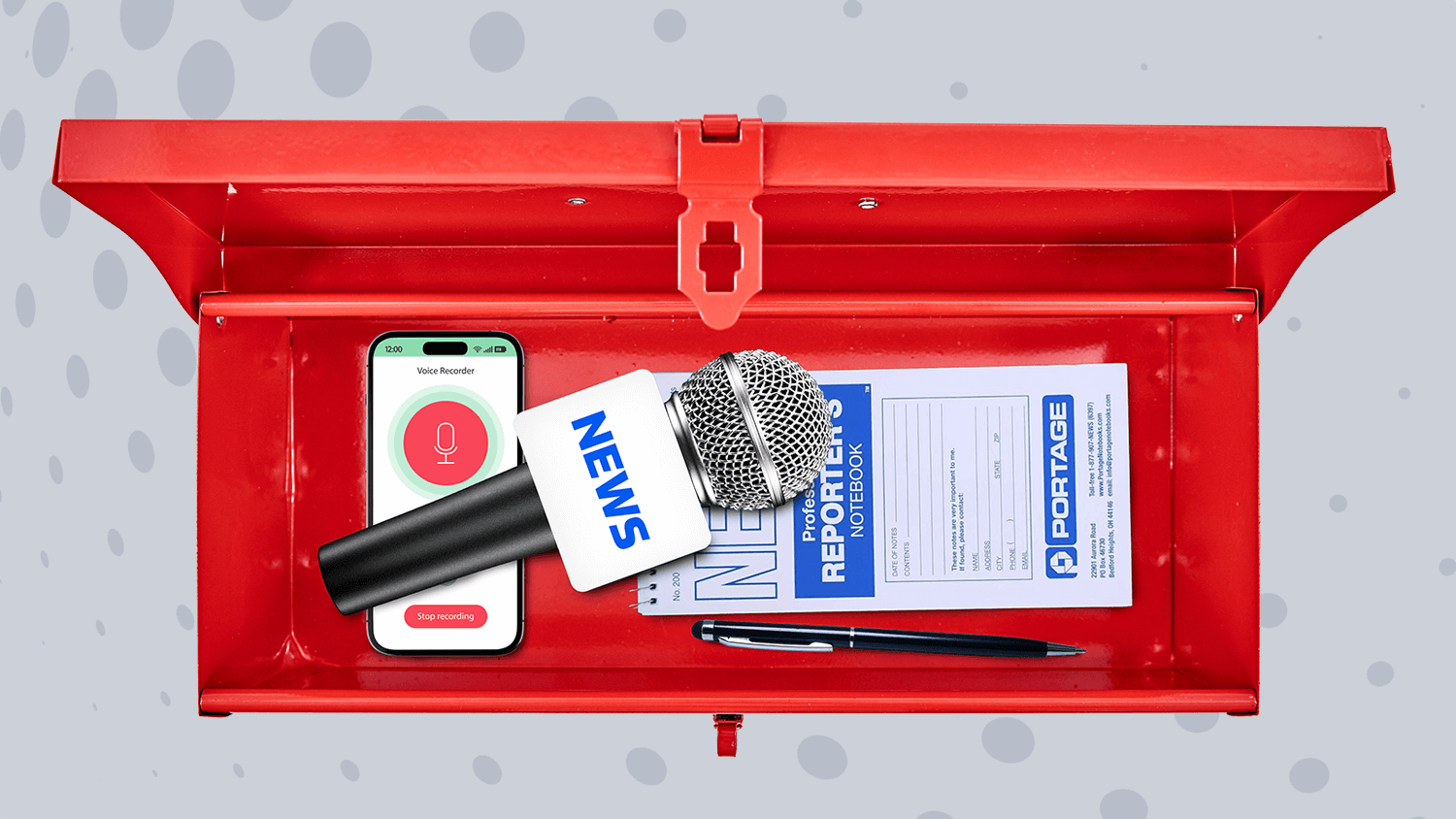When news broke that an Asiana 777 airliner crashed at San Francisco’s airport Saturday, I used some remarkable tools to start nailing down what happened and what would happen next. Here’s an overview of some of them.
Live ATC
LIVE ATC, a site that records and monitors Air Traffic Control towers, posted the audio of the last transmissions from the plane and the tower. You can listen to it here.
Flightpath
As you listen to the audio of the last transmissions from the Asiana Airlines pilot after he crash landed, it can be difficult to know what all of the lingo like “heavy” means. Flightpath offers a helpful glossary of aviation terms. The Federal Aviation Administration has a pilot/controller glossary.
Here’s a link to the official first report of the 1993 Asiana crash from ASIAS, the FAA Aviation Safety Information Analysis and Sharing data file.
Geofeedia
One of the most invaluable tools was Geofeedia, which allowed me a draw a circle around the tarmac and airport terminal to find people posting pictures, tweets and Facebook posts. That is where I picked up the most remarkable photo of all so far — the one tweeted out by Samsung executive David Eun.
Airliners.net
Airliners.net has a section that features photos from plane watchers who photograph planes and post them by tail number. These kinds of photos can be especially useful when you need to determine what planes look like. To find photos of the aircraft involved in the crash, search the tail number HL7742. The collection of photos includes previous photos of the same plane flying from SFO months earlier.
FlightAware
FlightAware offers minute-by-minute details of the flight and crash. Experts are looking at data from this site and saying that the plane’s approach seems slightly steeper than might be expected. Of course, there will be questions about how accurate that data is or what instructions the pilot had.
Broadcastify
Broadcastify linked me to the San Francisco Fire and EMS scanner traffic, which was extremely helpful when monitoring what rescuers saw as soon as they got on the scene.
NTSB
If you want to find NTSB data on the aircraft, NTSB’s website is a good resource; the site has an accident database. NTSB and an active Twitter presence. San Francisco General Hospital, meanwhile, has been tweeting updates about patients.
To learn more about the 777-200 safety record, I turned to forums that attract pilots and air enthusiasts — including Airliners.net, and SOAR.
YouTube
If you want to see what a normal landing would be like on runway28L, where the crash happened, you can find a YouTube video for a home video of a simulated landing.
PlaneCrashinfo.com
This site has a lot of data on crashes through history. It is where I pulled a list of the worst crashes. I also found that Asiana has not had a fatal crash in 20 years.
Aviation Safety Network
Here’s a video of me talking about some of these tools on CNN’s Reliable Sources Sunday afternoon.
More News
Opinion | Reaching its limits: CNN’s Gayle King-Charles Barkley show ends
A once-a-week show on Wednesday at 10 p.m. Eastern? Who thought this was a good idea?
Two new books are essential reading for anyone considering a news startup
One tells the stories of entrepreneurs taking the plunge. The other focuses on the tools, techniques and trends across an evolving media landscape
‘I’m seeing on a very personal level how challenging it is to be a younger reporter these days.’
The Dallas Morning News’ Tom Huang on why he’s championing this Poynter training for early-career journalists
A New Jersey doctor’s office notice not proof of COVID-19 vaccines’ danger to young athletes
Scientific studies have found no link between COVID-19 vaccines and sudden cardiac deaths in youth athletes.
Opinion | What is the best sports documentary of all time?
The five-part, 467-minute ‘O.J.: Made in America’ doc is a masterpiece. I urge you to watch it.









Comments